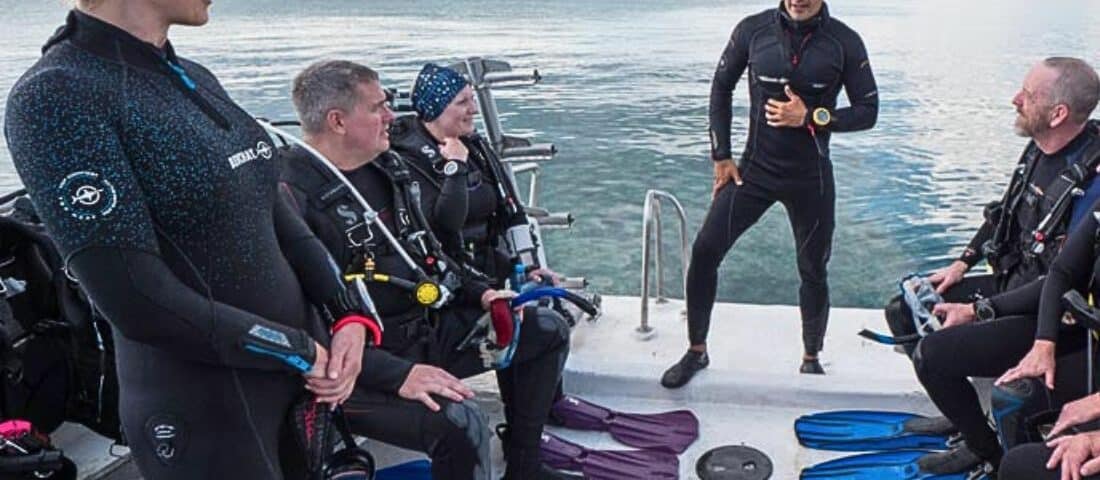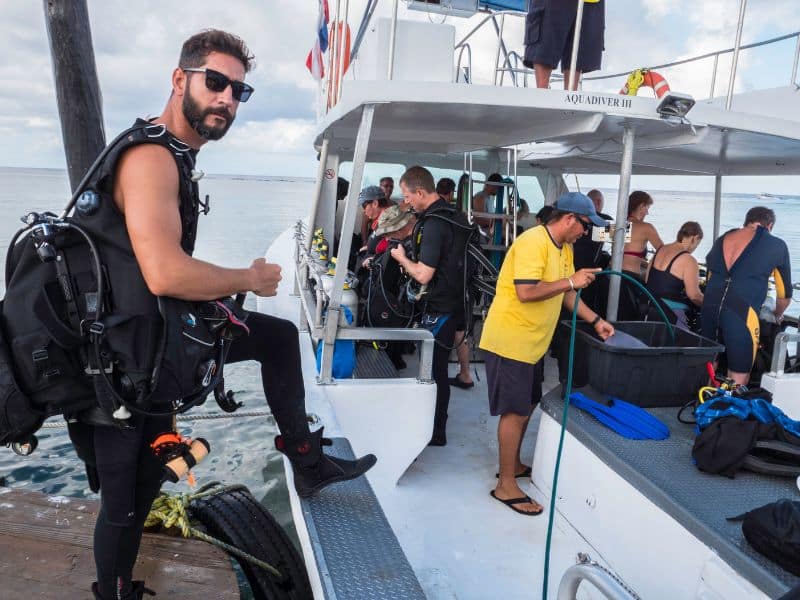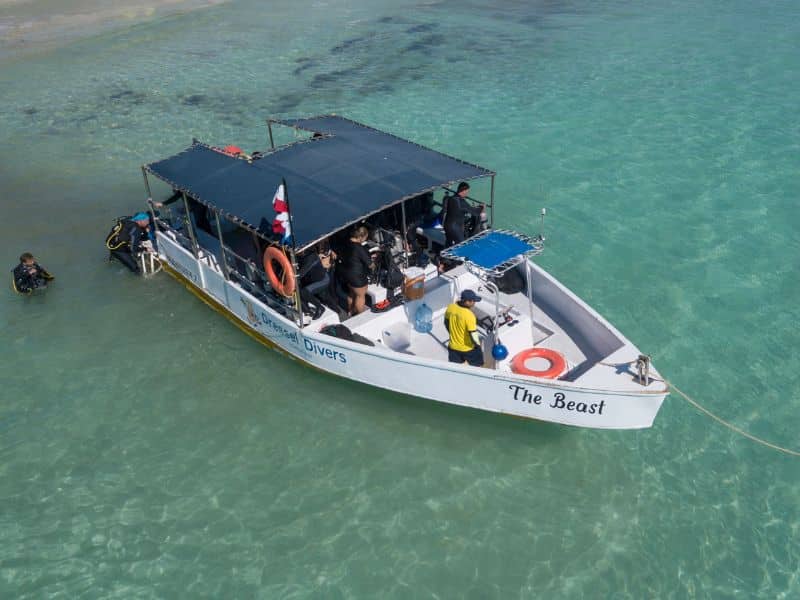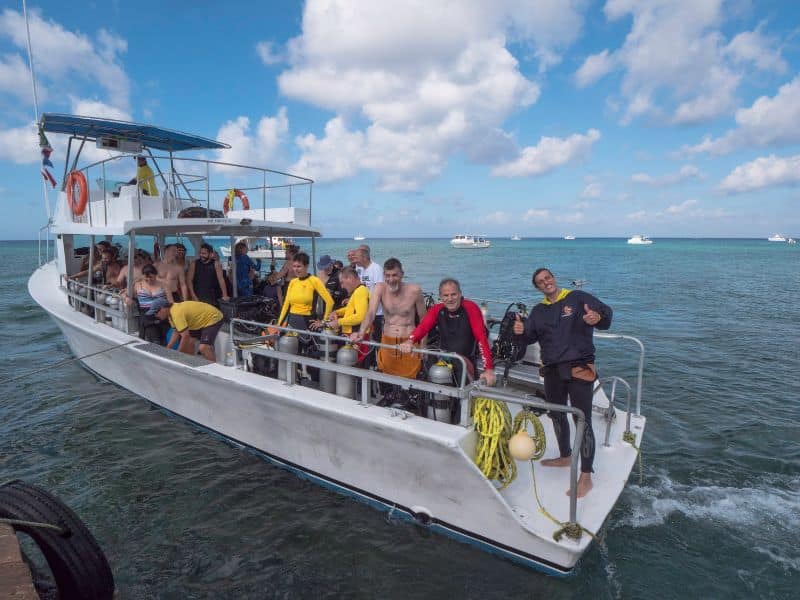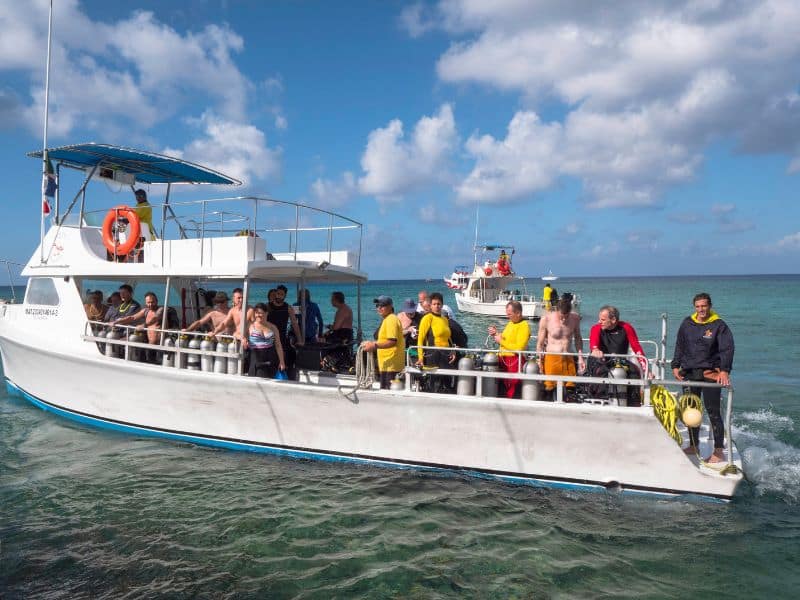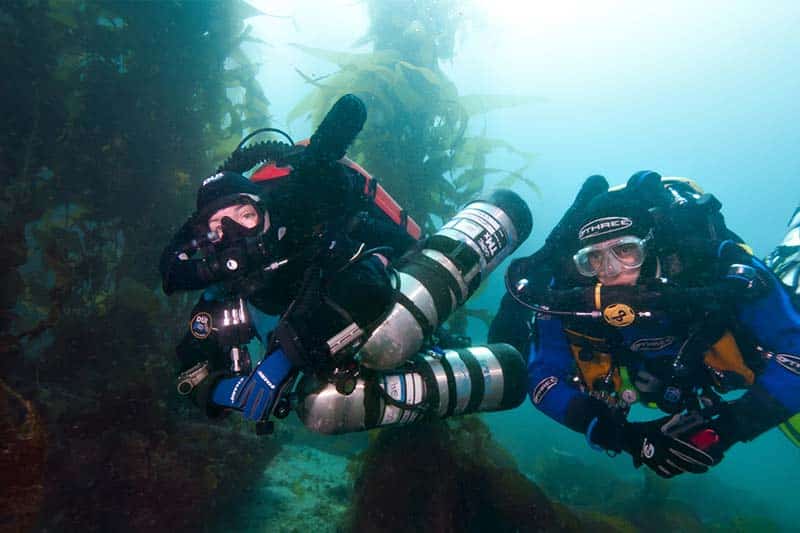Liz struggled with how to avoid seasickness.
She dreamed of a Cozumel diving trip and exploring its reefs, but had only ever snorkeled to a dive site from the shore.
In the Caribbean, diving from a boat is a must, and the thought of getting seasick held her back.
The anxiety of feeling nauseous on the boat and the worry of a seasickness episode ruining her dive day kept her from traveling to the Caribbean. It made no sense!
That was until her husband surprised her with a diving trip to her long-dreamed of Cozumel Island.
So, what did she do?
She dove into researching like crazy about how to avoid seasickness. She scoured medical forums for information on boat sickness medicines, asked about how to avoid getting seasick on Facebook and other social media, and gathered every tip she could find on preventing motion sickness symptoms.
And you know what? She nailed it.
Thanks to her thorough preparation, Liz not only managed to enjoy that trip but now dives regularly in the Caribbean, even tackling liveaboard trips. But getting there took a lot of effort.
This article is for those like Liz, who want to conquer seasickness and not waste time figuring it all out. Here, you’ll find practical tips, from the best boat sick medicine to simple techniques for maintaining your balance and enjoying the ride.
Let’s make sure the only thing making you dizzy is the excitement of the dives ahead!




